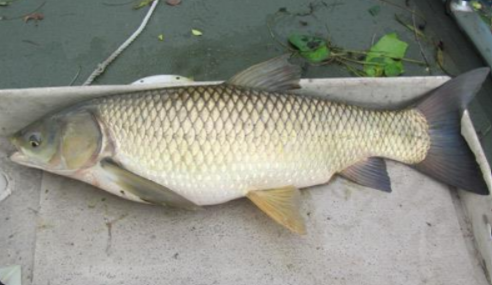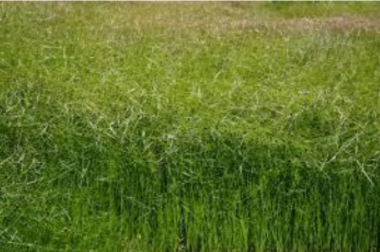March 13, 2022
Lake County Dock Information Updates 2022
John Schmidt
This is the latest information we received from Lake County today regarding docks. They say they may be changing these but for now this is what there is. There could also be Clermont Ordinances as there are in Oakland and Winter Garden.
The length of a dock can be too long on some cases where the “channel” to navigate is narrow. We can have that on our lake now in one area over by the channel headed to the small lake to the northwest and on the south side of Deer Island if/when its developed. On the Orange County side we had three that were so long that the county changed their ordinance because of it. The Florida DEP documents are very vague and for inland lakes they don’t provide enough detail. Sometimes the town, city can have more stringent controls of course.
On Johns Lake, we have people building over and through wetlands. We have people destroying habitat and being cited by FWC as they are supposed to replant with native vegetation. We have new docks being constructed with the final deck (walkway) height at or below NHWE. We have two story docks going in, large terminal platforms that exceed the guidelines and we don’t know if variances were granted. There are riparian line and set back issues.
Please see the following dock permitting PDFs for further information. As well you can read our full article on dock building here.
| Name |
|---|
|
|
|
|
|
|








